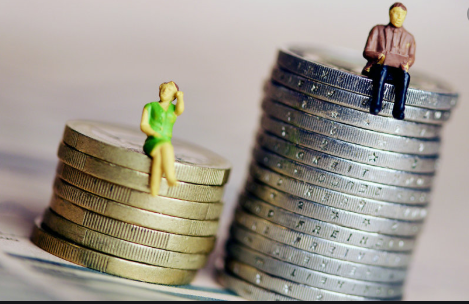Gender inequality is not a new and unheard term. It has been persistent in every sphere of life worldwide in which women are discriminated against in the areas of Politics, Education and Work, and other fields due to the prevalent biases.

To have a general idea of the prejudices existing against women in society, the United Nations Population Fund (UNFPA) conducted the State of World Population Report 2020. The report depicts that it will take approximately a hundred years to close the overall gender gap and more than 250 years to close the gender gap in terms of participation in the economy.
“By a recent estimate, it will take nearly 100 years on average, to close the overall global gender gap, and an astonishing 257 years to close the gender gap in terms of participation in the economy. Progress is greatly slowed by people’s perceptions. One survey covering 80 per cent of the world’s population found that 90 per cent of men and women have some kind of bias against women,” states the SWOP report.
The UNDP report for Gender Inequality 2020, ranks India 122 among 189 countries. The score for India is 0.501 (2018) while Switzerland which tops the list has just 0.037. Even after reserving seats for women in parliament, we just have 11.7 per cent, female representatives. Only 39 per cent of Indian women are able to pursue secondary education and labour force participation of women is quite low at 23.6 per cent as compared to 78.6 per cent in men.

Despite numerous policies and plans by the State and the Center for the development of women, nothing seems to be falling in the right place. Where one hand we have schemes like “Beti Padhao, Beti Bachao” for the daughters of our country, we also rely on our male members of our families to take important decisions. Where daughters are considered blessings for a family there exist many who wish for a son to take ahead of their legacy and name to the next generation. Until and unless we don’t change our mainstream mind, no education can.
[zombify_post]









